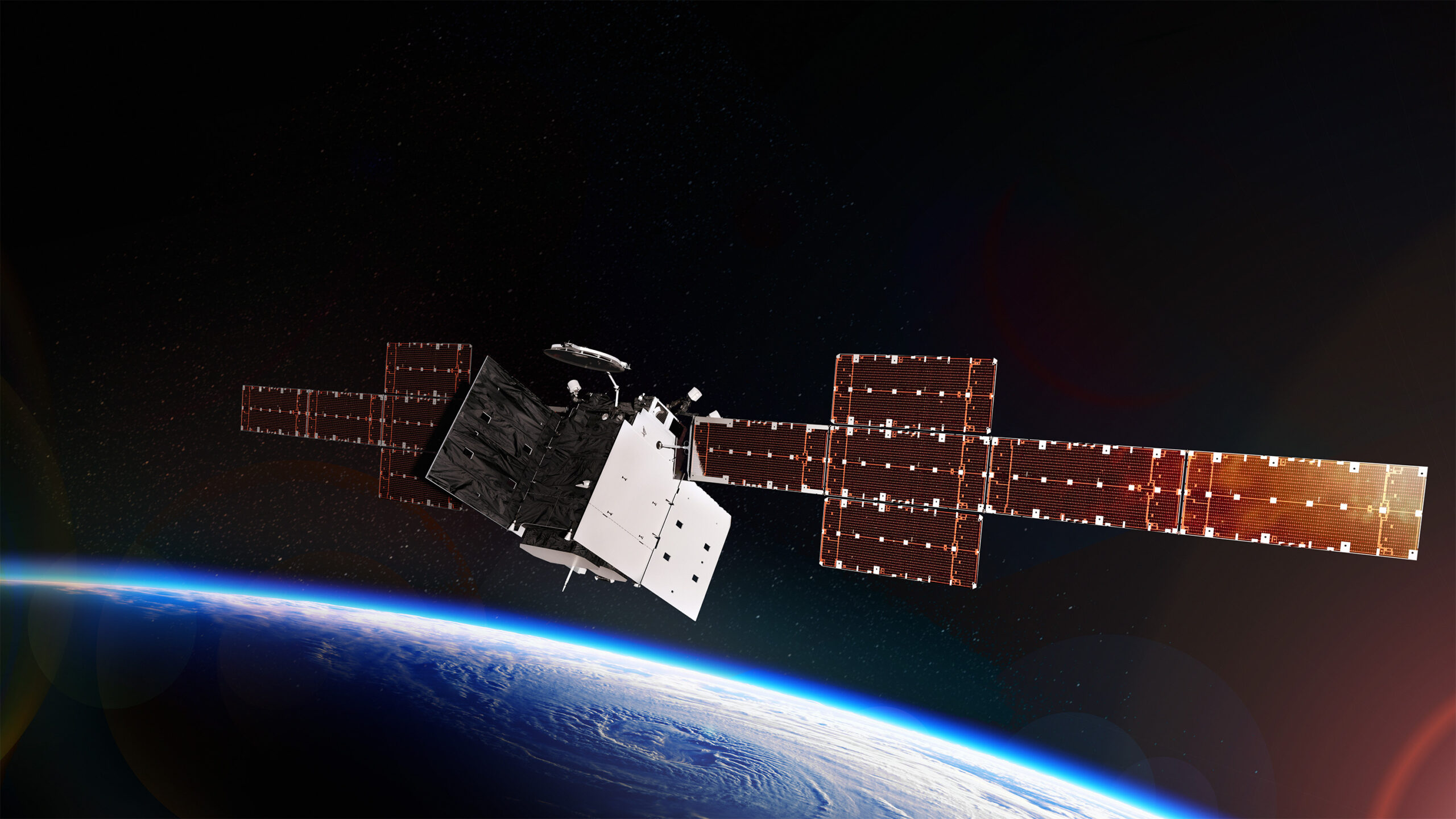WASHINGTON — A new version of the U.S. military’s Wideband Global Satcom (WGS) satellite unveiled by Boeing on April 13 has a new payload that the company designed under a U.S. Space Force contract.
Boeing in 2019 received a $605 million contract to build the WGS-11, the 11th satellite in the WGS geostationary constellation that provides communications services to the U.S. military and allies.
Separately Boeing in 2020 won a $191 million contract to develop a Protect Tactical Satcom payload that the Space Force is considering including in future military communications satellites. Boeing and Northrop Grumman both are developing competing PTS prototype payloads that will be evaluated in on-orbit demonstrations in 2025.
Rather than deploy the PTS prototype payload on a dedicated satellite, Boeing decided to host it aboard the WGS-11 satellite which is scheduled to launch in 2024 on a United Launch Alliance Vulcan rocket.
“The Boeing PTS- Prototype payload hosted on WGS-11 is an exciting leap forward for new warfighter capabilities,” Charlotte Gerhart, Space Systems Command’s tactical satcom division chief, said in a statement.
The PTS jam-resistant payloads operate a military waveform called PTW, for Protected Tactical Waveform.
Bryan “Stu” Eberhardt, senior director for global sales and marketing for Boeing satellites, said adding the PTS payload to the WGS-11 satellite significantly increases its capacity.
“It’s a single asset that’s double the capacity of any of the 10 WGS birds that have previously flown,” said Eberhardt. “And you’re now providing an additional layer of anti jam protection.”
WGS users have access to X-band and military ka-band communications. Only those users that have secure PTW modems will be able to tap into the new payload, he said.
WGS-11 is built on the 702X medium-size satellite bus Boeing introduced in 2019 for the commercial and government markets.
Commercial satcom operator SES selected the bus to build its 11-satellite O3b mPower constellation in medium Earth orbit.
Eberhardt said Boeing is in discussions with other potential customers. “I won’t get into the specifics but we certainly have multiple bids and proposals in,” he said.
A much larger version of the bus, called 702MP+, was custom-designed for the Viasat-3 high-capacity satcom constellation.
Boeing to submit proposal for WGS-12
Congress in the 2023 defense budget added $442 million for a new WGS satellite, WGS-12. Eberhardt said the Space Force wants it to be a copy of WGS-11.
“We have a request for proposals,” he said. “We have been asked for a clone of F11. And so we’re in the middle of writing that proposal.”
After the proposal is submitted, he said, “we’ll go into negotiations with the government.”
